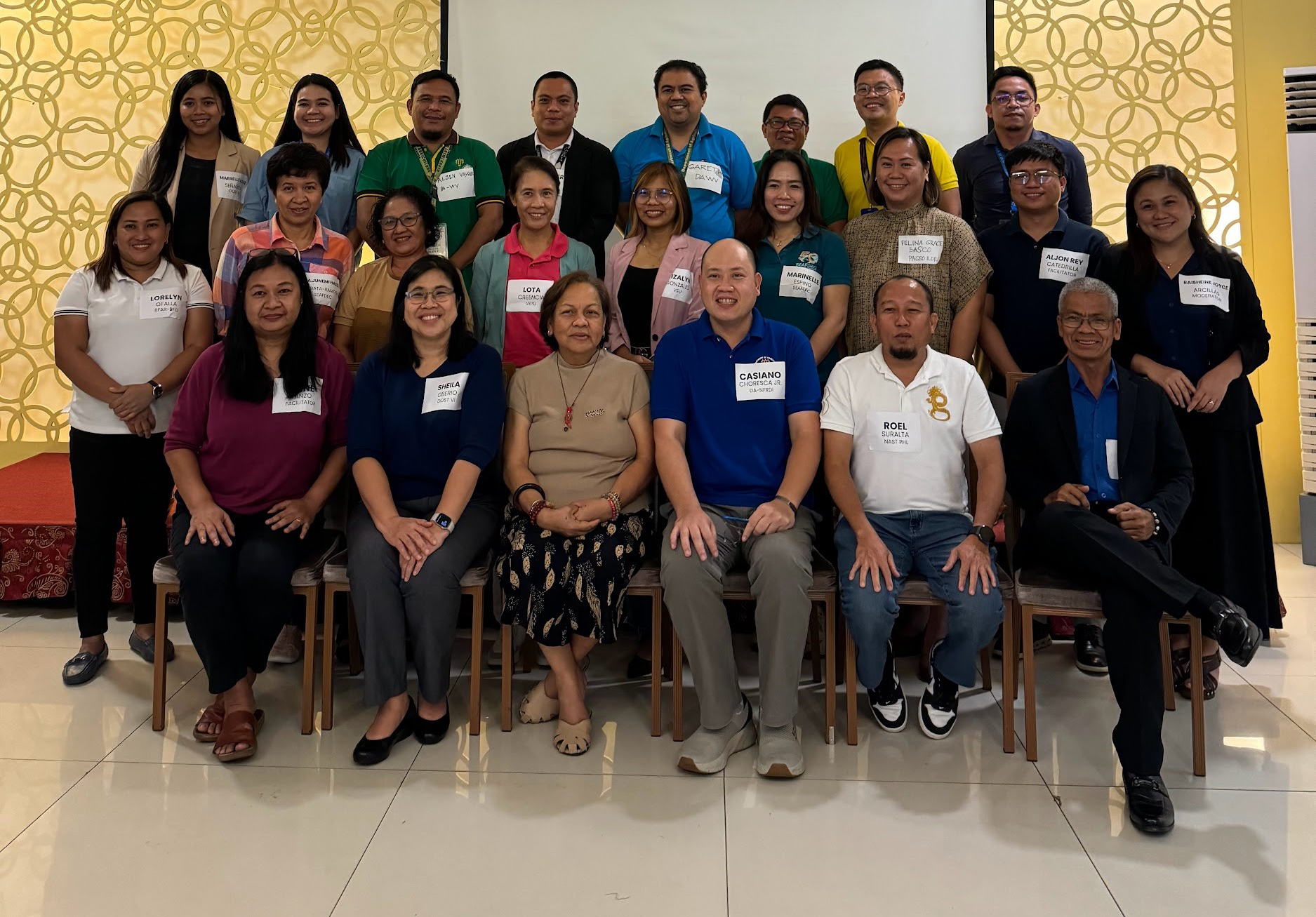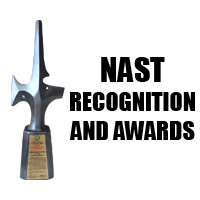ILOILO CITY – Abalone may not be as popular as mussel (or tahong) and oyster (talaba), but it is the most expensive shellfish in the country, commanding a price range of 300-600 pesos per kg locally and USD 12-120 per kg in international markets. With its great potential as one of the possible torchbearers of the Philippine economy, the National Academy of Science and Technology, Philippines (NAST PHL) included it as one of the focus rural industries (in addition to cacao and cassava) of the Technical Working Group (TWG) on Targeting the Appropriate Technological Maturity of Rural Industries under the Special Concerns Program.
Headed by Acd. Roel R. Suralta, the TWG spearheaded the conduct of a focus group discussion (FGD) on the best practices, constraints, and opportunities in the adoption of appropriate technologies for the abalone industry on 25 June 2024 in Iloilo City, a City of Gastronomy under UNESCO’s Creative Cities Network.
As shared by the FGD participants, the abalone industry requires more research on the technology for hatchery, nursery, and grow-out culture to determine its suitability to local conditions. It was also emphasized that in-depth studies be done on the feeding process, apart from probiotics, formulated diets mixed with gulaman, preference for flaky feeds, and diatoms, to ensure the adaptability of the industry across the region. Additionally, it is preferred to feed on red seaweeds (Gracilariopsis bailinae). However, the continuous supply of these seaweeds is one of the limiting factors in the abalone industry.
Currently, information on the abalone industry for production is limited only to the Southeast Asian Fisheries Development Center (SEAFDEC). The Community-Based Resource Management (CBRE) project in Molocaboc Island engagement is highly encouraged with the Sagay Marine Reserve in Negros Occidental, the Marine Fisheries Research and Development Center in Guiuan, Eastern Samar, and to extend collaboration among research consortium, institutions, NGAs, and LGUs to further develop the abalone industry in the country. Further, aside from their precious meat products, the abalone shells are also utilized as decorative materials, particularly shell crafts and chandelier clocks. Like oysters, abalones can produce pearls with rainbow-like tints.
Some of the shared best practices include the continued operation of hatcheries in Guimaras and Iloilo through SEAFDEC and in Palawan through the Western Philippines University (WPU) with funding assistance from the Malampaya Corporation and relevant government agencies. Working with coastal communities is also an integral part of the sustainability of the habitat and the whole industry itself.
Even before the establishment of farms for abalone, the selection of sites is very crucial as clear water is key to the survival of the shellfish. The use of renewable energy, such as solar power for nurseries and hatcheries, was also cited as a good practice. Abalone farming does not also compete with the space needed for seaweed farming.
From its start around 1980 until 1996, the Philippines produced an average of 148 MT of abalone per year at an average annual growth rate of 25% (SEAFDEC, 2012) but has yet to reach its greatest potential. Some of the identified constraints include the lack of technology to shorten the long period needed to achieve a marketable size and preserve the meat quality during transportation or transfer. The availability of nutritious food for the abalone also poses a significant challenge. The distribution of seed stocks is also very specific, limited, and critical. Existing projects lack monitoring and evaluation due to budget constraints. As mentioned earlier, abalone is easily outshone by mussels and oysters.
Since abalone is not affordable, it faces the problem of a stable market. At present, there is no large-scale production for export because cultured abalone needs a lot of investment. The fisherfolk have low awareness of the needed technology and marketability due to limited abalone trainers and access to IEC materials.
To aid the industry, the participants recommended what has to be done in terms of research and extension. The participants felt that the abalone industry is in dire need of benchmarking and generation of the needed technologies and information on the framework for the value chain, criteria for site selection (habitat identification), nutritional advantage and medical use, disease, and storage, among others. In terms of operation, there is a need for a lot of funding support, research timeline or prioritization, development of a roadmap (including making it part of tourism), and collaboration of relevant national and local agencies and organizations.
With the FGD, the stakeholders hope that the whole industry will be taken to another level and make the Philippines a significant player in terms of the production and market of abalone. (Dexter Bautista/Roy Buniol/Kimberly Agno/NAST PHL).

The National Academy of Science and Technology, Philippines (NAST PHL), an attached agency to the Department of Science and Technology (DOST), is the premier organization that recognizes achievements in science, technology, engineering, and mathematics (STEM) and nurtures emerging scientific talents and serve as the primary advisory body on national ST&I policy and related matters. For more updates, follow NAST Philippines’ (@nastphl) social media accounts.











